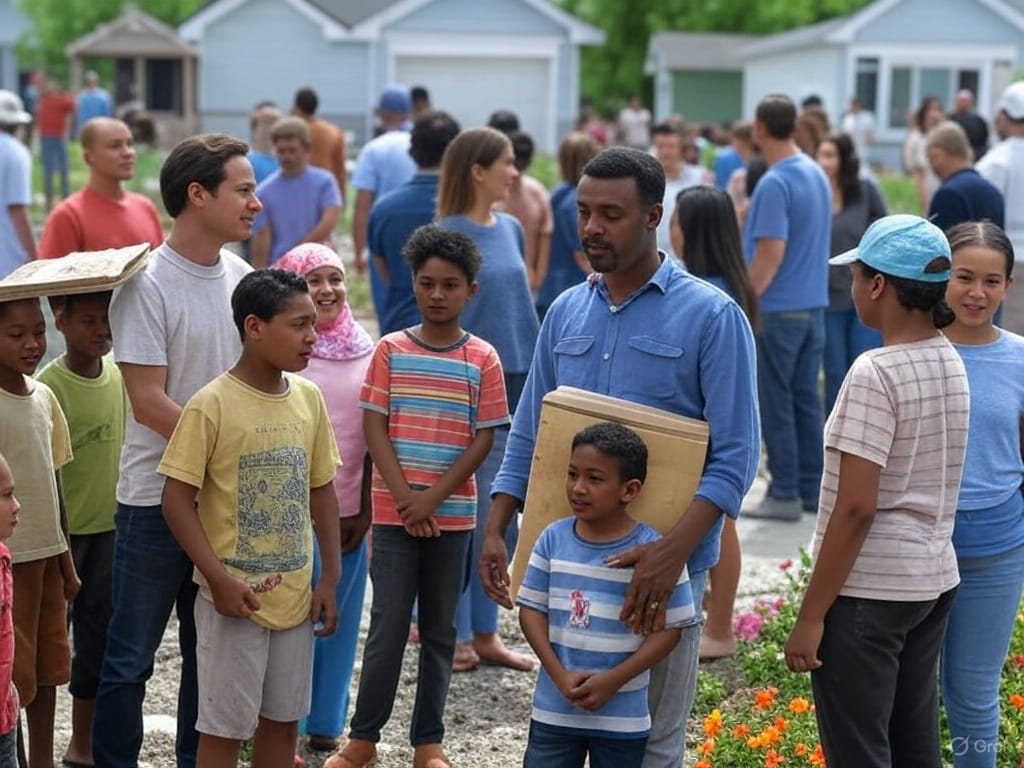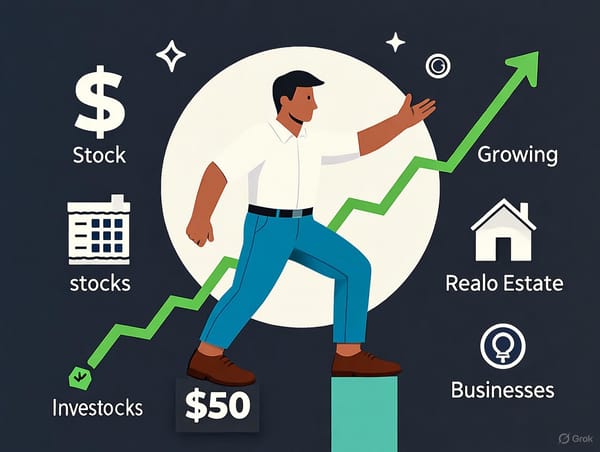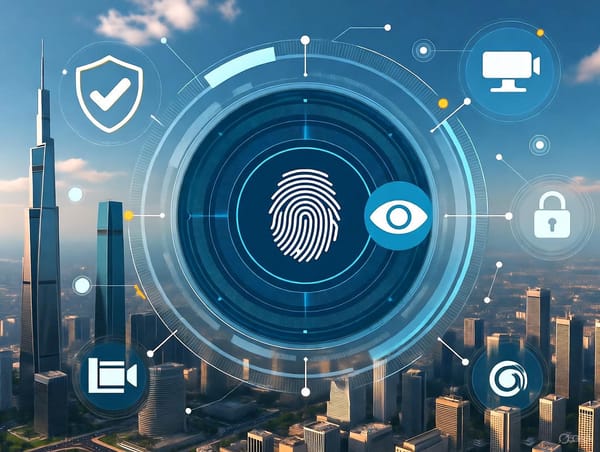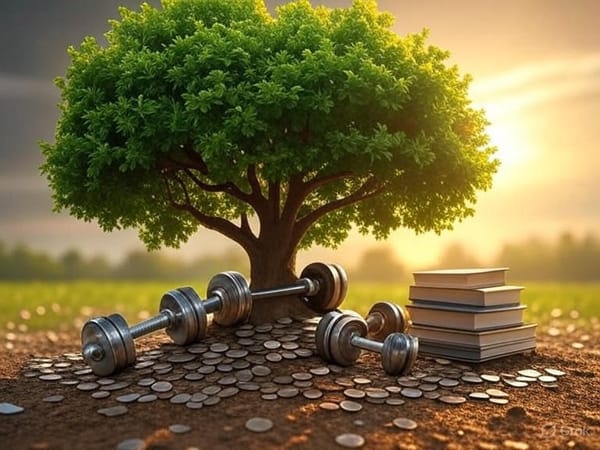Standing Together
From Hurricane Katrina to the 2020 pandemic, communities worldwide prove that unity in crisis builds not just safety nets, but hope and resilience for a stronger future.

When floods, fires, or pandemics strike, what pulls us through? It’s not just individual grit—it’s the power of community. From neighbors rescuing each other during Hurricane Katrina to mutual aid networks delivering groceries in the 2020 lockdowns, humans unite in crisis, proving that together, we’re unstoppable. This article explores why communities are our greatest asset in tough times, blending stories, science, and steps to strengthen our collective resilience.
The Power of Unity in Crisis
Crises disrupt life, testing our limits. Yet, history shows communities rise with remarkable unity. When Hurricane Katrina hit New Orleans in 2005, neighbors saved each other from flooded homes, churches became shelters, and volunteers nationwide helped rebuild. During the 2020 COVID-19 pandemic, over 4,000 mutual aid groups in the UK alone delivered essentials to millions, per a 2021 Mutual Aid UK report. From New York to London, volunteers organized grocery runs and online skill-sharing, showing how people turn to each other when stakes are high.
Science backs this instinct. Sociologist Robert Putnam’s research shows strong community ties reduce stress and boost health, a truth that shone in Fukushima’s communal kitchens after the 2011 Tōhoku earthquake, where survivors shared scarce food and rebuilt hope.
Stories of Solidarity
Real-world stories illuminate this spirit. In 2019, Australian bushfires devastated millions of acres. Rural communities responded with grit: farmers rebuilt fences, businesses fed firefighters, and Indigenous women in New South Wales used traditional knowledge to protect sacred lands, inspiring local governments to adopt their fire management techniques. In Pakistan’s 2023 floods, grassroots groups and mosques became lifelines, with youth using social media to coordinate aid where government resources lagged. These examples show community strength transcends borders.
How Communities Support Recovery
Communities provide a safety net no individual can match. They counter the isolation of crises, reducing anxiety and depression—a 2021 Lancet study found community interventions cut mental health symptoms during COVID-19. They also act swiftly, like Londoners providing food and shelter to Grenfell Tower survivors in 2017, hours before official aid arrived. Long-term, communities rebuild hope, as seen in Christchurch, New Zealand, where post-2011 earthquake art projects and markets restored normalcy.
Challenges to Solidarity
Crises can strain unity. Marginalized groups, like Puerto Rico’s rural communities during Hurricane Maria, often receive delayed aid, exposing inequities. Polarization, as seen in COVID-19 debates over masks, can fracture efforts. Yet, communities can overcome this—during 2020 U.S. protests, dialogue sessions united residents across political divides, fostering collaborative relief.
Building Stronger Communities
To prepare for future crises, we must invest in social infrastructure:
- Cultivate Trust: Regular events like festivals build cooperation, as Iceland’s tight-knit networks show.
- Support Grassroots Groups: Funding local nonprofits and platforms like GoFundMe amplifies impact.
- Leverage Technology: Apps like WhatsApp connect neighbors, but digital divides must be bridged.
- Innovate: Virtual reality can simulate community spaces, and youth trained as crisis ambassadors can lead future efforts.
- Prioritize Equity: Participatory budgeting ensures diverse voices shape recovery.
A Call to Stand Together
From disaster’s ashes, communities build hope and futures. As climate change, economic instability, and health threats loom, we must nurture these bonds through trust, collaboration, and equity. Volunteer, support a neighbor, or advocate for change—because when we stand together, we thrive, unstoppable.





